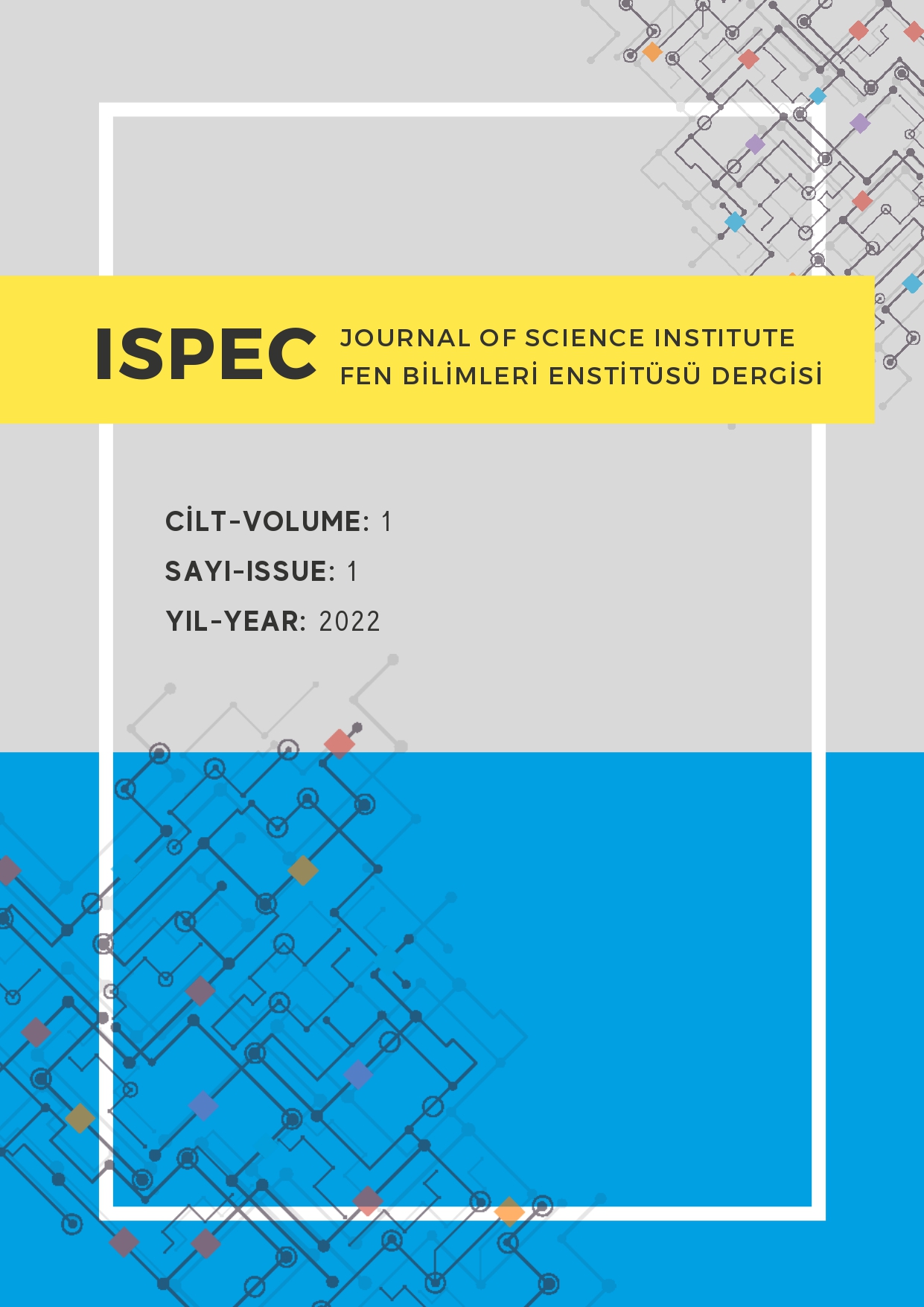A Research on the Antioxidant and Antimicrobial Properties of St. John's Wort (Hypericum perforatum) Plant
DOI:
https://doi.org/10.5281/zenodo.8384409Keywords:
Hypericum perforatum, antioxidant, antimicrobial traitsAbstract
Hypericum perforatum, commonly known as "St. John's Wort" or "perforate St. John's-wort," is a plant species belonging to the Hypericaceae family. Research on its antioxidant and antimicrobial properties, as well as its medical and traditional uses, has become increasingly significant. In terms of antioxidant properties, Hypericum perforatum contains a range of compounds that can play a protective role against the harmful effects caused by oxidative stress in biological systems. Its antimicrobial properties, especially those found in an extract known as "St. John's Wort oil," have been demonstrated through research. The components in this extract can inhibit the growth and spread of various microorganisms, including bacteria, fungi, and viruses. There is evidence suggesting that the antioxidant properties of Hypericum perforatum may contribute to the management of inflammation, oxidative stress, and some chronic diseases. In conclusion, the antioxidant and antimicrobial properties of Hypericum perforatum indicate its potential contributions to human health through various mechanisms. However, it is essential to conduct more clinical studies to fully comprehend these effects.
References
Abbasoğlu, U., 1996. Antimikrobiyal aktivite araştırma yöntemleri. Fabad Journal Of Pharmaceutical Sciences, 22: 111-118.
Benedí, J., Arroyo, R., Romero, C., Martín-Aragón, S., Villar, A.M., 2004. Antioxidant properties and protective effects of a standardized extract of Hypericum perforatum on hydrogen peroxide-induced oxidative damage in PC12 cells. Life Science Journal, 75(10): 1263-76.
Burunkaya, B., Selli, S., Kelebek, H., 2021. Sarı kantaron (Hypericum perforatum L.) fenoliklerinin karakterizasyonu, antioksidan ve antimikrobiyal potansiyelinin belirlenmesi. Çukurova Tarım Gıda Bilimleri Dergisi, 36(2): 309-324.
Düzgüner, V., Erbil, N., 2020. Ardahan yöresinde yetişen kılıç otu bitkisinin (Hypericum perforatum) antimikrobiyal ve antioksidan etkilerinin araştırılması. Türk Tarım ve Doğa Bilimleri Dergisi, 7(1): 27–31.
Ertürk, Ö., Aydın, G., Çol Ayvaz, M., 2020. Hypericum perforatum L. esansiyel yağının in vitro antimikrobiyal, antioksidan aktivite ve kimyasal karakterizasyonu. Artvin Çoruh Üniversitesi Orman Fakültesi Dergisi, 21(2): 330-339.
Gıdık, B., Can, Z., Yurtvermez B., Aksoy Üçüncü G., 2022. Farklı lokasyonlarda doğal olarak yetişen sarı kantaron (Hypericum perforatum L.) bitki kısımlarının toplam polifenol, toplam flavonoid ve antioksidan aktiviteleri. Bahri Dağdaş Bitkisel Araştırma Dergisi, 11(2): 157-164.
Gioti, E.M., Yiannis, C.F., Dimitris, C.S., Constantine, D.S., 2009. Antioxidant activity and bioactive components of the aerial parts of Hypericum perforatum L. from Epirus, Greece, Food Chemistry, 117: 398–404.
Güzel, A., Akyüz, M., Şanda, M.A., 2019. Determination of antioxidant activity of Hypericum perforatum. Bütünleyici ve Anadolu Tıbbı Dergisi, 1(1): 9-18.
Heinrich, M., Vikuk, V., Daniels, R., Stintzing, F.C., 2017. Characterization of Hypericum perforatum L. (St. John’s wort) macerates prepared with different fatty oils upon processing and storage. Phytochemistry, 20: 470–480.
Karadağ, A., 2019. Türkiye’deki bazı tıbbi ve aromatik bitkilerin antioksidan potansiyelleri ve fenolik kompozisyonları. Avrupa Bilim ve Teknoloji Dergisi, 16: 631-637.
Marelli, M., Conforti, F., Toniolo, C., Nicoletti, M., Statti, G., Menichini, F., 2014. Hypericum perforatum: Influences of the habitat on chemical composition, photo-induced cytotoxicity and antiradical activity. Pharmacological Biology, 52(7): 909–918.
Okmen, G., Balpınar N., 2017. The biological activities of Hypericum Perforatum L. African Journal of Traditional, Complementary and Alternative Medicines, 14(1): 213-218.
Orcic, D.Z., Mimika-Dukic, N.M., Franciskovic, M.M., Petrovic, S.S., Jovin, E.D., 2011. Antioxidant activity relationship of phenolic compounds in Hypericum perforatum L. Chemistry Central Journal, 5: 34–42.
Rahiman, S., Tantry, B.A., Kumar, A., 2013. Variation of antioxidant activity and phenolic content of some common home remedies with storage time. African Journal of Traditional Complementary and Alternative Medicines, 10(1): 124–127.
Silva, B.A., Ferreres, F., Malva, J.O., Dias, A.C.P., 2005. Phytochemical and antioxidant characterization of Hypericum perforatum alcoholic extracts. Food Chemistry, 90: 157–167.
Tusevski, O., Krstikj, M., Stanoeva, J.P., Stefova, M., Gadzovska Simic, S., 2018. Phenolic profile and biological activity of Hypericum perforatum L.: Can roots be considered as a new source of natural compounds?, South African Journal of Botany, 117:301–310.
Zou, Y., Lu, Y., Wei, D., 2004. Antioxidant activity of a flavonoid-rich extract of Hypericum perforatum L. in vitro. Journal of Agricultural and Food Chemistry, 52(16): 5032-5039.
Downloads
Published
How to Cite
Issue
Section
License
Copyright (c) 2022 ISPEC JOURNAL OF SCIENCE INSTITUTE

This work is licensed under a Creative Commons Attribution 4.0 International License.



